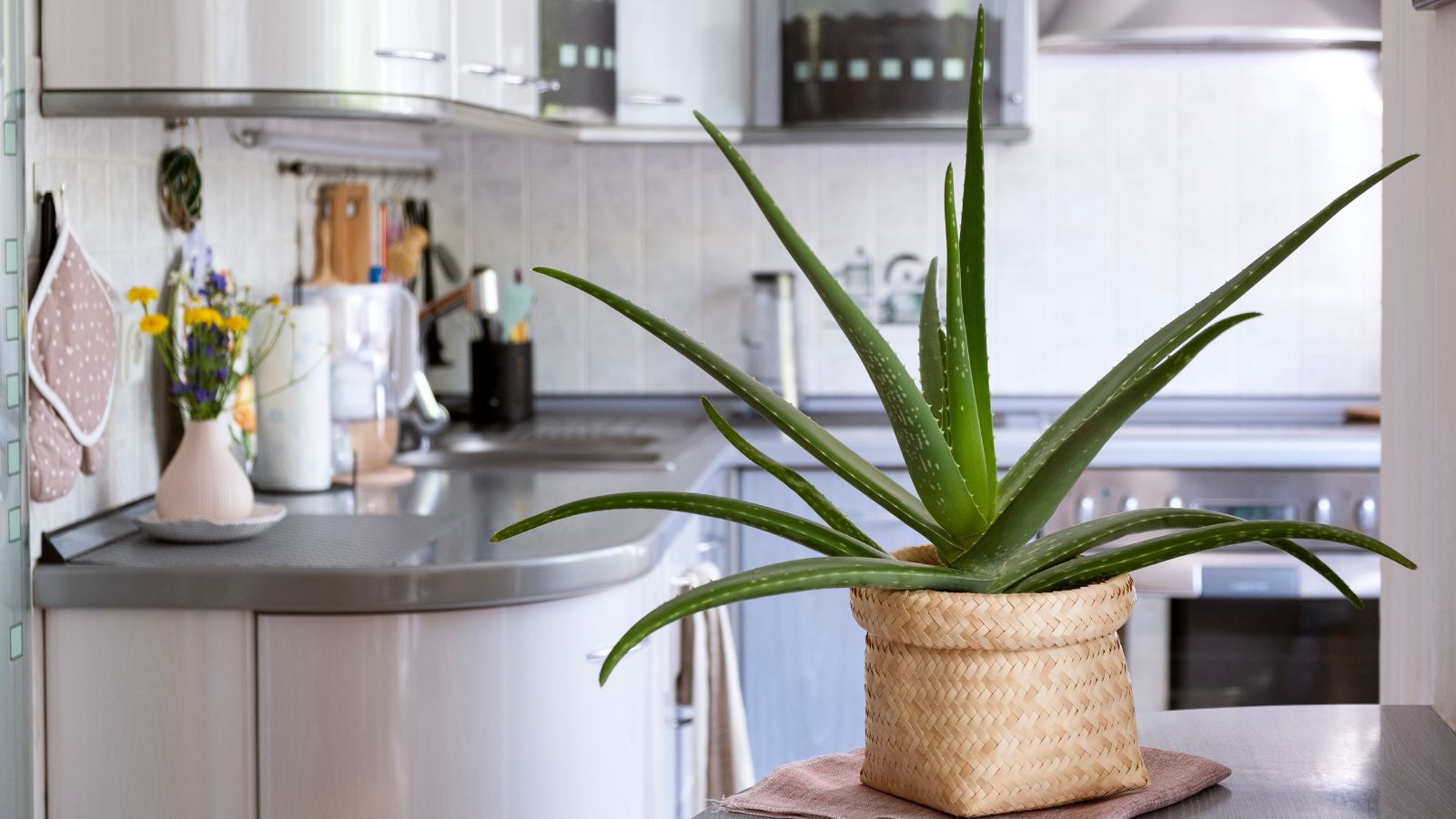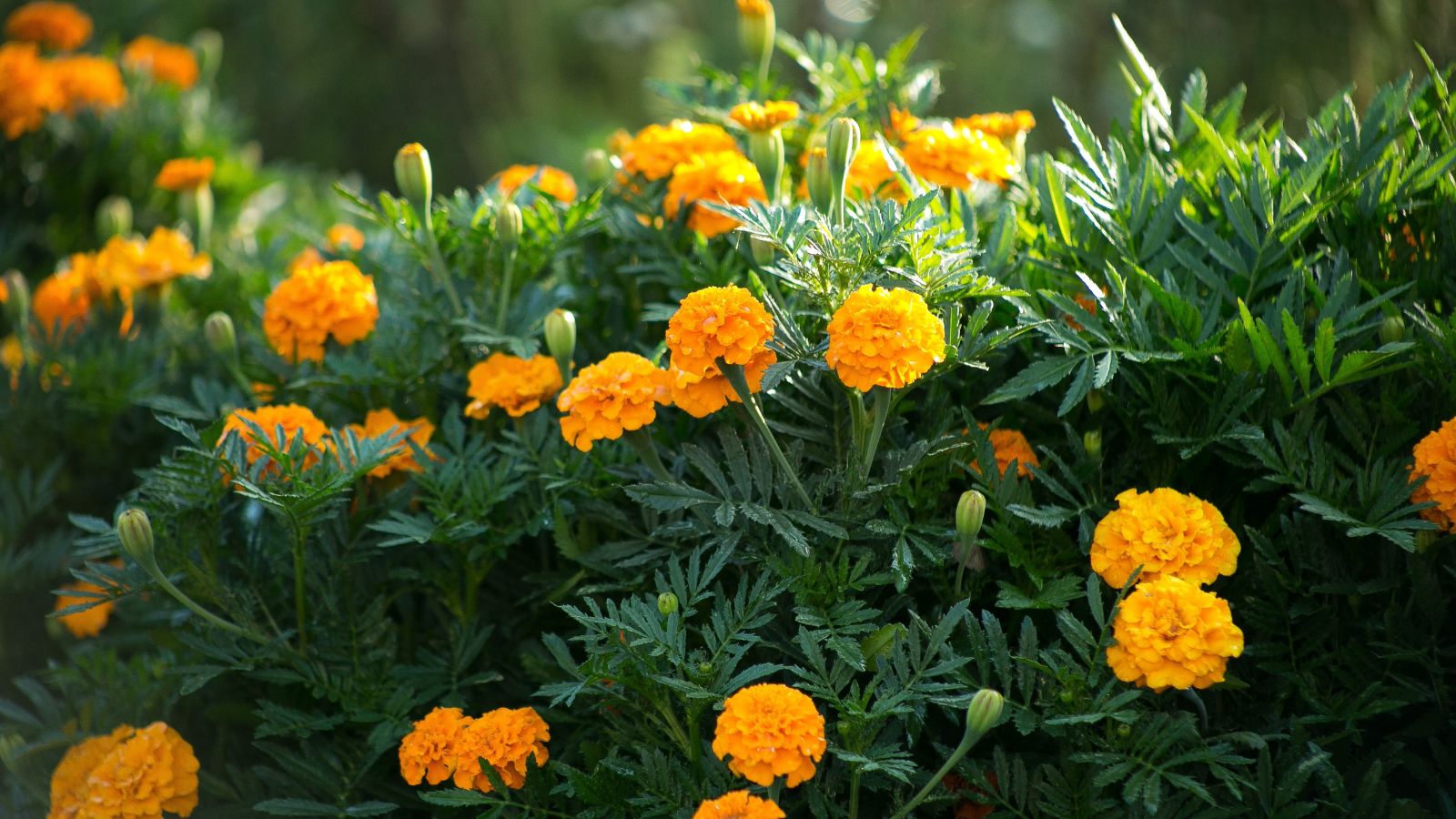There’s a whole lot of misinformation that gets spread around gardening communities, which can be pretty frustrating when you just want to care for your plants. A perfect example of this is the statement that every single plant needs to be given fertilizer–otherwise, it’s not going to be at its best. This is nonsense, as there are plenty of plants out there that prove this wrong, and if you need evidence, here are some plants that flourish naturally without fertilizer.
Lavender

As long as your garden has well-drained soil and you live somewhere with a dry, sunny climate, your lavender should grow just fine. This aromatic plant doesn’t need fertilizer to produce its stunning purple blooms. Once established, lavender requires little more than occasional pruning to keep its shape. Therefore, it’s an ideal choice for gardeners looking to add fragrance and attract pollinators with minimal effort.
Aloe Vera

Even more resilient than lavender is aloe vera, a hardy, low-maintenance succulent that does exceptionally well in poor soil. As a result, this sun-loving plant grows strong without the need for fertilization, and best of all, it only needs water very occasionally. Just give it plenty of sun, and you’ll have yourself an easy, low-maintenance plant. Don’t forget to use the aloe vera leaves’ gel, too!
Thyme

When it comes to herbs, they don’t get much easier to grow than thyme, which loves sandy, nutrient-poor soil. As with many plants on this list, it’s known for its drought resistance, but more importantly, it doesn’t need fertilizer to produce flavorful leaves. Therefore, you’ll have yourself a practical and attractive addition to any garden, especially considering that it attracts perennial pollinators and that its herbs are great for cooking with!
Coneflower

Coneflowers, or echinacea, are adaptable plants that thrive without extra nutrients, so don’t listen to claims that they need fertilizers. In reality, these hardy flowers can tolerate poor soil and drought, creating a colorful display of daisy-like petals that attract butterflies and bees. With minimal care, coneflowers bring vibrant beauty and resilience to gardens, making them a favorite for pollinator-friendly spaces.
Sedum

Also known as stonecrop, sedum flourishes in rocky, poor soil, drawing moisture from its thick, fleshy leaves. Perhaps unsurprisingly, this drought-tolerant succulent doesn’t need fertilizer, making it ideal for dry, low-nutrient areas. Meet its simple care requirements, and Sedum will bring plenty of diverse colors, shapes, and textures to your gardens, rock beds, and containers.
Russian Sage

Russian sage is another drought-resistant plant that doesn’t need nutrient-rich soil to produce its lavender-blue blooms. On the contrary–it will do just fine in poor soil and full sunlight, even using its aroma to attract pollinators. Because of this, Russian sage isn’t just a fantastic choice for a low-maintenance garden, but it will also help the rest of your garden be happy!
Marigold

In the case of marigolds, you can once again put the fertilizer to this side, as its bright and cheerful flowers can tolerate surprisingly poor soils. Sure, a bit of light fertilization may benefit them, as with most plants, but it’s certainly not necessary. Better still, these sun-loving plants are known for their pest-repelling qualities, adding natural protection to vegetable and flower gardens alike.
Rosemary

Alongside your thyme, you’ll no doubt find that rosemary thrives in well-drained, poor soil and requires little in terms of care, including fertilizer. The evergreen herb just asks for a sunny spot and minimal watering, making it ideal for beginners (or busy pros). Best of all, its fragrant, needle-like leaves are a favorite in cooking, adding both practical and aromatic benefits to any outdoor space.
California Poppy

If you’re looking for more plants that flourish naturally, perhaps for an eco-friendly, simple garden, you can’t go wrong with California poppies. These poppies are at their best in well-drained, low-quality soil, and we promise they won’t be begging for additional nutrients. More still, they self-seed easily in sunny areas, producing a brilliant burst of orange and yellow that returns each year.
Yucca

Gardeners who have busy lives love the yucca plant, especially those in the dry climates of Southern states, bringing a strong architectural presence to gardens with minimal effort. You’ll be surprised at how well it does in sandy, nutrient-poor soils, especially when its tall spikes and sword-like leaves pop up. Just water it occasionally, and you’ll see all of this and more.
Salvia

While not all salvia will thrive without fertilizers, many varieties of it certainly will, as they’re perfectly placed in low-nutrient soils. Choose the right variety, and these hardy, drought-resistant plants will add tons of color to your garden, including purples and reds. Our favorite thing about salvia is that it attracts hummingbirds and butterflies, so your garden will feel so much more alive for it.
Lamb’s Ear

Lamb’s ear is a soft, silver-green plant that does excellently in dry, poor soils without any fertilizer at all. Yes, its velvety leaves will still do just fine, creating a gentle, textured look that’s perfect for borders or ground cover. Overall, this plant is as low-maintenance as it is visually pleasing, spreading naturally over time and needing very little attention from gardeners.
Yarrow

Consider growing some yarrow next year, a plant that excels in well-drained, bad soil, without the addition of any fertilizer. Its clusters of tiny flowers and feathery leaves make it a lovely choice for a natural, low-maintenance garden, and you’ll undoubtedly be surprised by its natural resilience, tolerating drought without any problems at all.
Black-Eyed Susan

Last but certainly not least is the famous black-eyed Susan, a hardy perennial flower that brightens up any garden with its delightful golden-yellow petals and dark centers. As you’ll no doubt have guessed by now, these resilient flowers do well in poor soil and resist drought, needing only sunshine to bloom abundantly. Just like others on this list, black-eyed Susans also attract pollinators, so what are you waiting for? Plant some black-eyes Susans and brighten up your garden!
